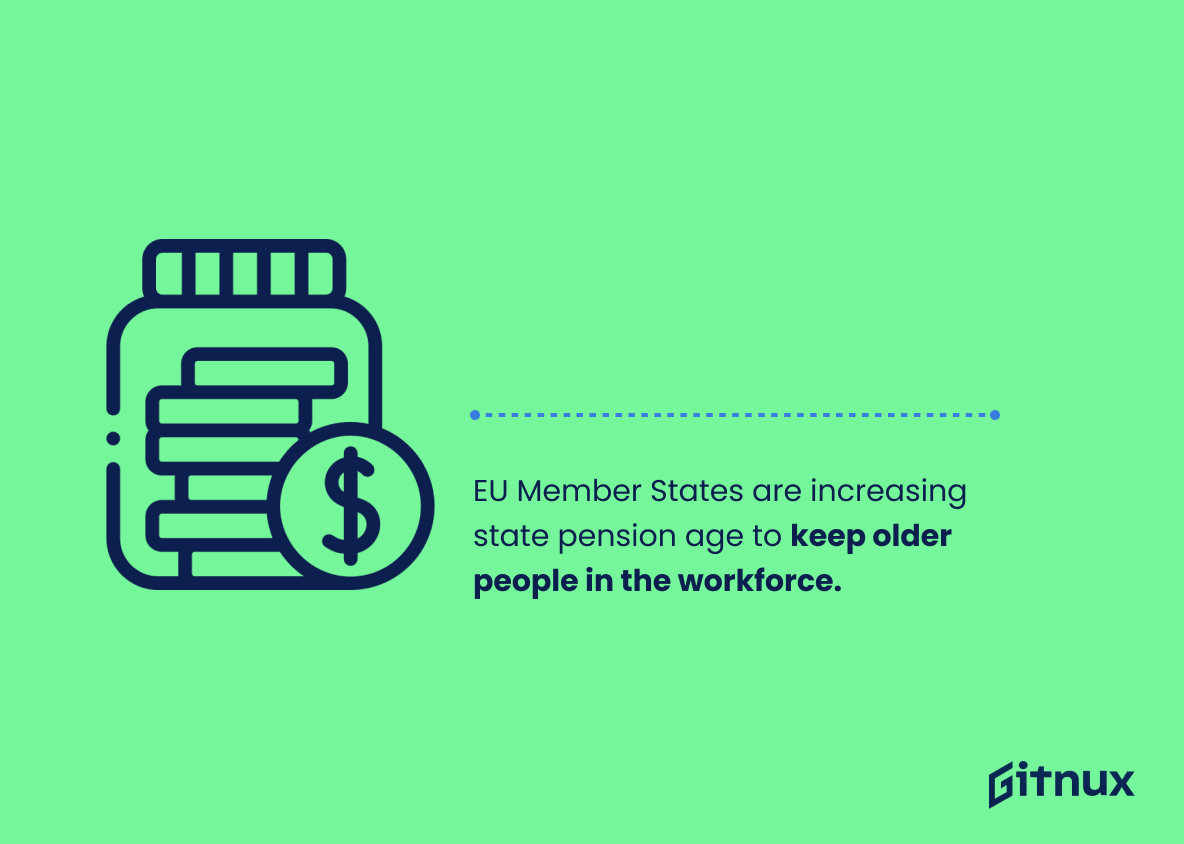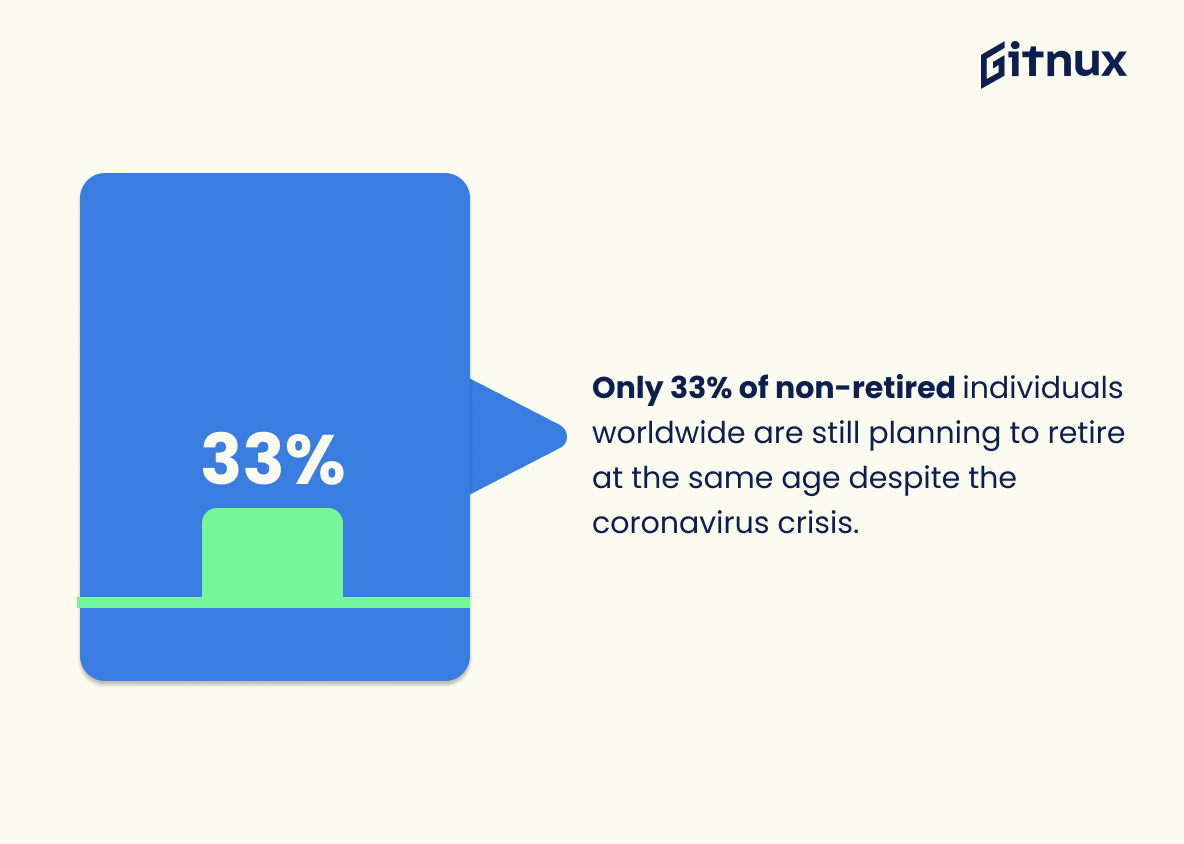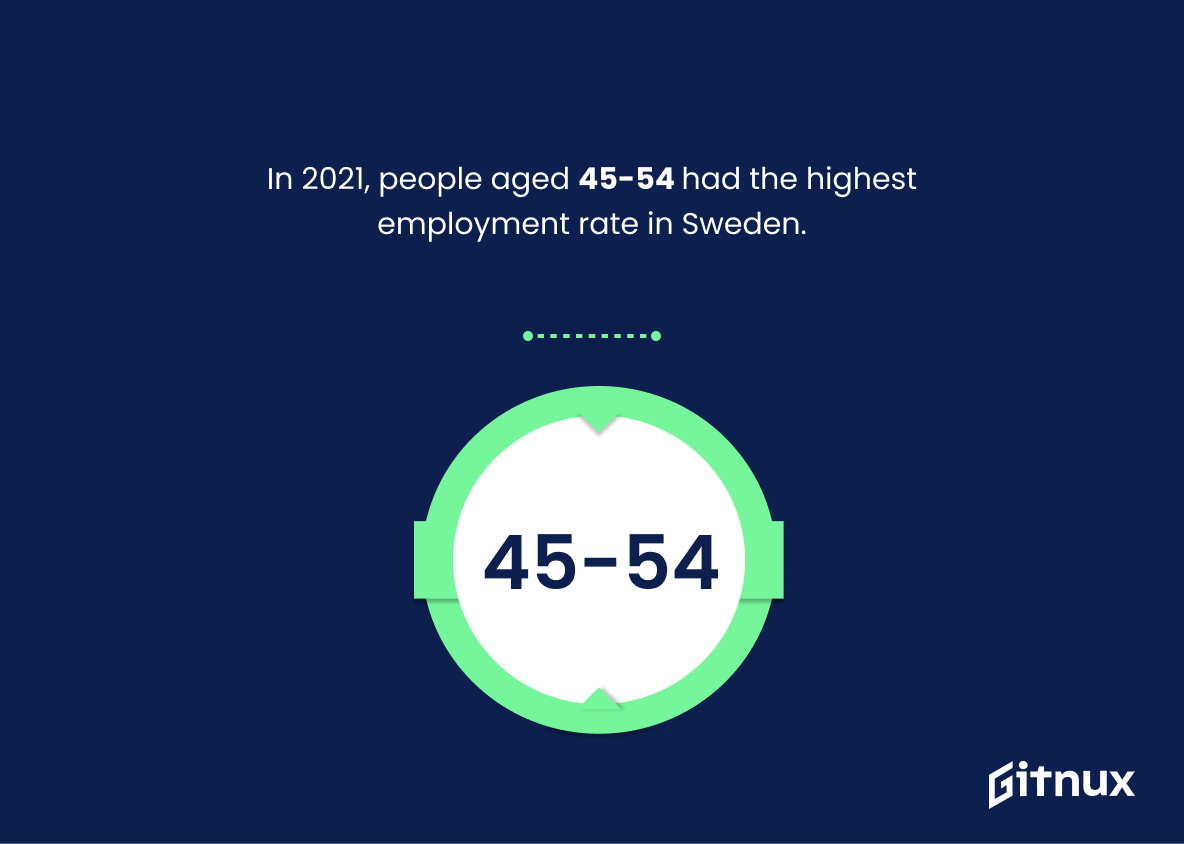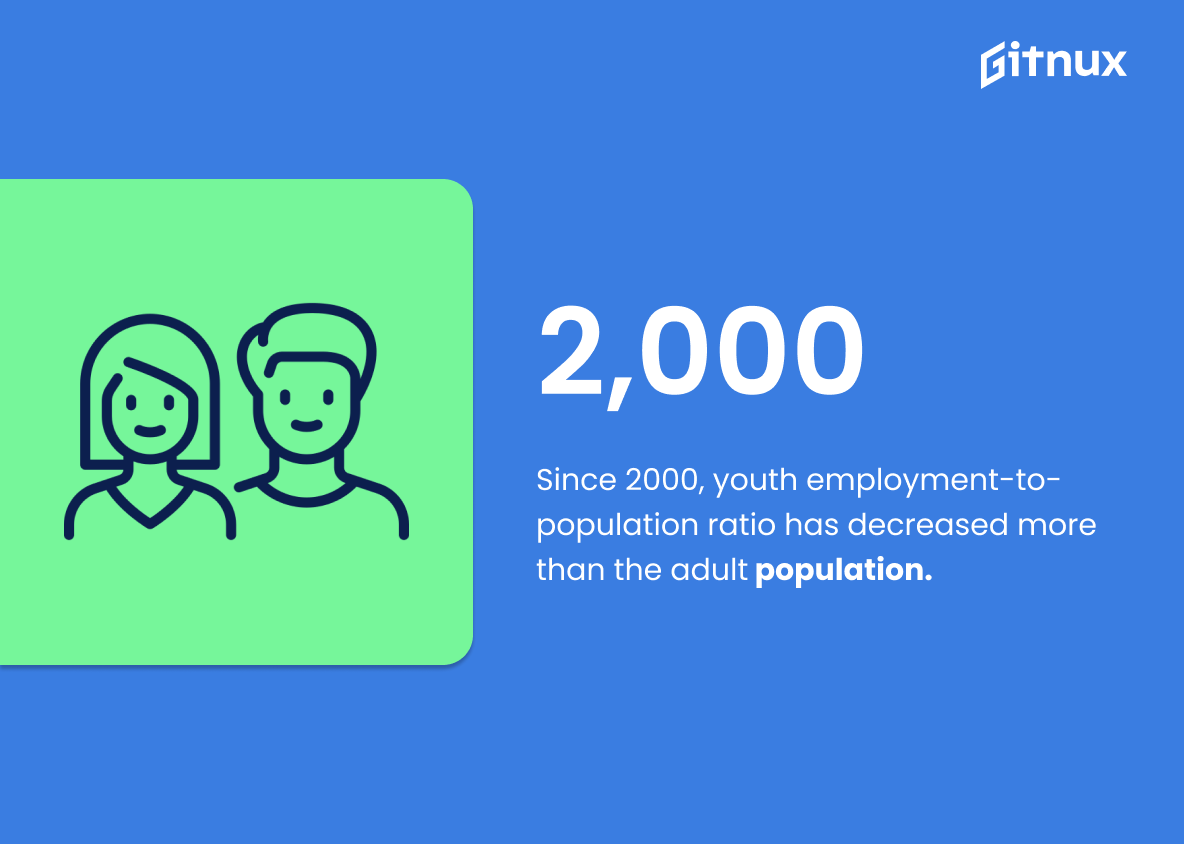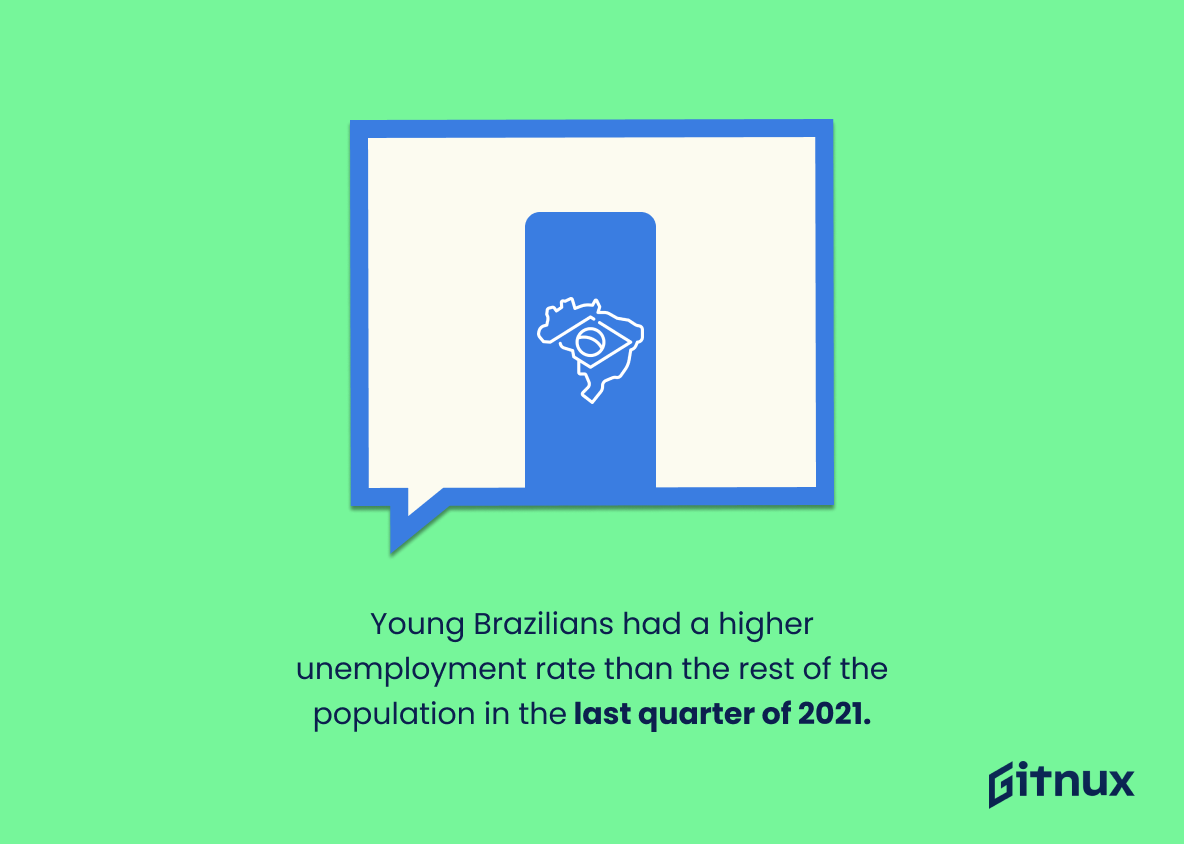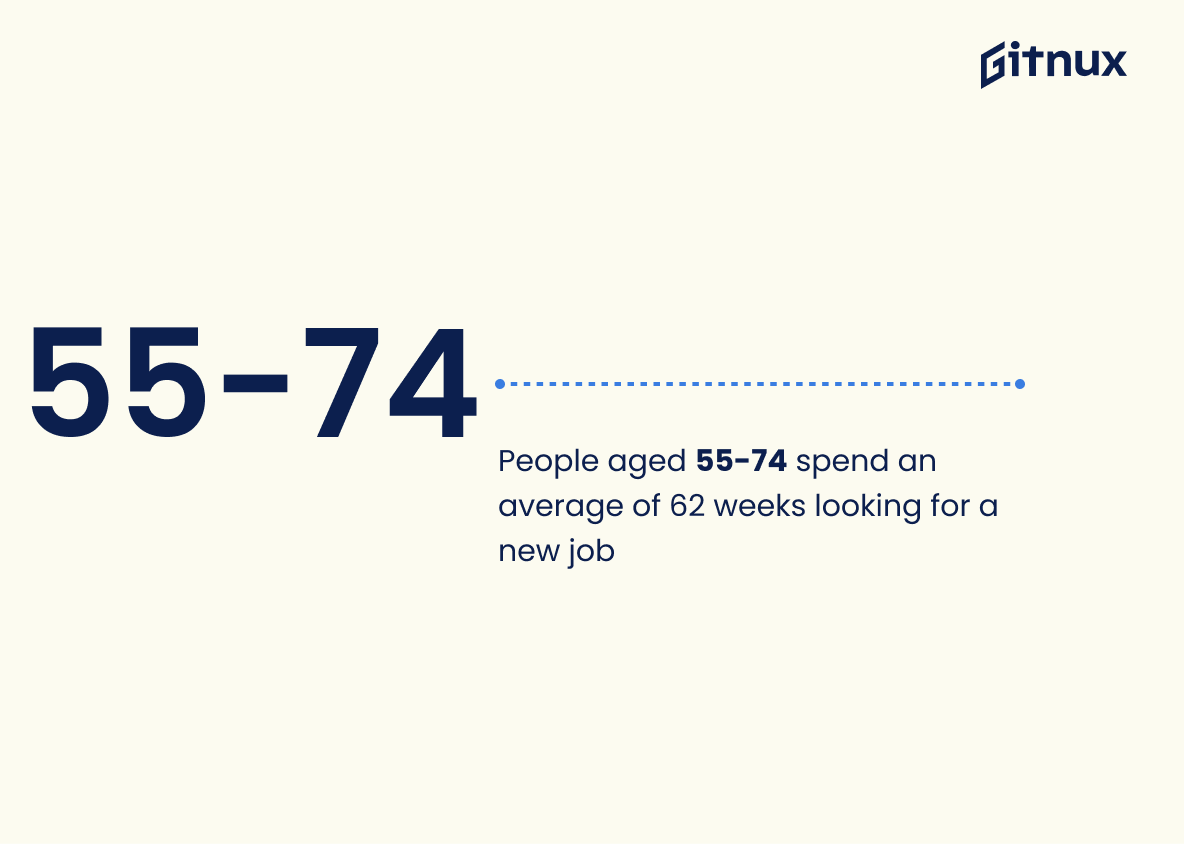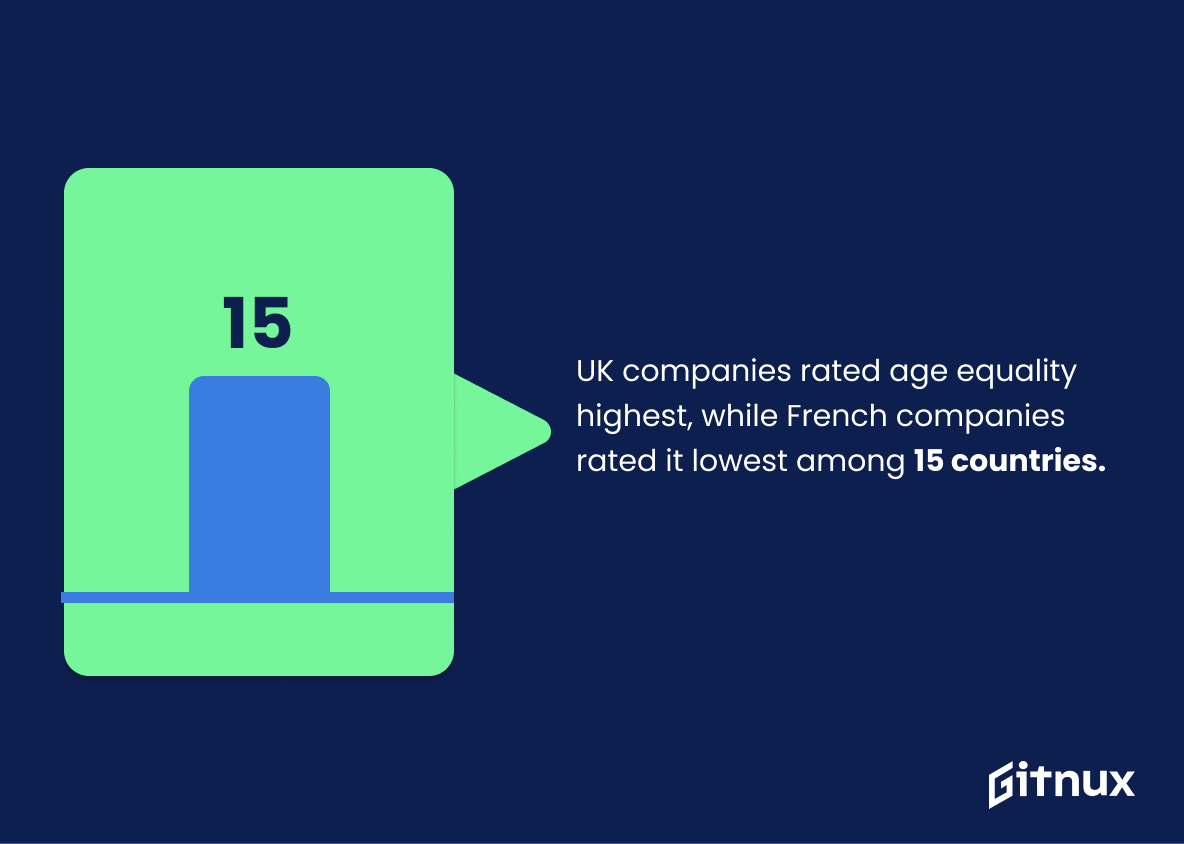Age diversity in the workplace is an important issue that is often overlooked. The workplace is becoming increasingly diverse, with more and more people of different ages, backgrounds, and experiences. This diversity can bring a wealth of benefits to organizations, including increased creativity, productivity, and innovation.
However, there are still many challenges associated with age diversity in the workplace. In this blog post, we will explore the statistics surrounding age diversity in the workplace, and discuss how organizations can best leverage this diversity to their advantage.
Age Diversity in the Workplace: The Most Important Statistics
Only 33% of non-retired individuals worldwide are still planning to retire at the same age despite the coronavirus crisis.
Since 2000, youth employment-to-population ratio has decreased more than the adult population.
Age Diversity in the Workplace: Statistics Overview
The median age of software developers has decreased to 36, worldwide.
This decrease in median age is important in the context of age diversity in the workplace statistics, as it shows that the software development industry is becoming more open to younger generations and is actively recruiting younger talent.
This is beneficial for both the industry, as it allows for fresh perspectives and ideas, and for younger generations, as it provides them with more job opportunities.
48.42% of developers are in the 25-34 age group. This statistic is important because it highlights the importance of age diversity in the workplace.
It indicates that the majority of developers are in the 25-34 age group, which suggests that there is a need to ensure that other age groups are also represented in the workplace. This can be done by providing equal opportunities to all age groups and ensuring that the workplace is inclusive of all ages.
EU Member States are increasing state pension age to keep older people in the workforce.
This statistic is important in the context of Age Diversity In The Workplace Statistics because it shows that the EU is taking steps to ensure that older people remain in the workforce for longer.
This helps to create a more diverse workplace, which can lead to increased creativity and innovation, as well as a better understanding of different generations.
Additionally, it helps to reduce the financial burden of state pensions, which can be beneficial for the overall economy.
Only 33% of non-retired individuals worldwide are still planning to retire at the same age despite the coronavirus crisis.
This shows that the coronavirus crisis has had a significant impact on retirement plans, which could lead to an increase in the number of older individuals in the workforce. This could have implications for age diversity in the workplace, as employers may need to adjust their policies and practices to accommodate the influx of older workers.
In 2021, people aged 45-54 had the highest employment rate in Sweden.
This statistic is critical in the context of age diversity in the workplace because it shows that age is not a barrier to employment in Sweden, and that employers are willing to hire and retain workers of all ages. This is indispensable for creating an inclusive and diverse workplace, which can lead to increased productivity and creativity.
Since 2000, youth employment-to-population ratio has decreased more than the adult population.
This statistic is significant in the context of Age Diversity in the Workplace Statistics because it highlights the need for employers to create opportunities for young people to gain meaningful employment. This is especially influential in today’s economy, where youth unemployment is a major issue.
Employers should strive to create an age-diverse workplace that provides opportunities for youth to gain valuable experience and skills, which can help them in their future career paths.
Young Brazilians had a higher unemployment rate than the rest of the population in the last quarter of 2021.
The need for employers to prioritize hiring young people and providing them with opportunities to gain meaningful employment is shown by this statistic. This can help to reduce the unemployment rate among young people and create a more diverse and inclusive workplace.
People aged 55-74 spend an average of 62 weeks looking for a new job
This highlights the importance of age diversity in the workplace, as older workers may face additional challenges in finding employment.
European employees in the IT and internet software and services industry were the most satisfied with their employer’s age equality policies in 2021.
This statistic shows that employers in this industry are taking steps to ensure that their age diversity policies are effective and that employees are satisfied with them. This is significant for creating an inclusive and equitable workplace, where employees of all ages can feel valued and respected.
UK companies rated age equality highest, while French companies rated it lowest among 15 countries.
Different countries have different levels of acceptance and appreciation for age diversity in the workplace, as this study shows. It is essential to be aware of these differences to create a more inclusive workplace environment.
The proportion of older workers in the UK workforce is increasing, with the proportion of over 50s rising from 21% in the early 1990s to 31%.
In the UK, the proportion of over-50s is declining for a variety of reasons. The article also concludes that “unless more employers improve the way they recruit, train and retain older workers, they are likely to face skills and labor shortages, particularly as the UK leaves the EU and it becomes harder to recruit EU nationals.”
In the U.S., 54% of the workforce is over 50 years old, and many people are working and living much longer than previous generations. Millennials – those 20 to 40 years old – make up the second-largest group in the workforce. This means our workforce is more diverse than ever before. By comparison, 50 years ago, only 40% of the workforce was over 40.
This clearly shows that the labor market has changed significantly. Especially because there are fewer and fewer young people in many countries and people are getting older and older, a strong workforce is coming from the older generation.
40-50% of those over 55 in a UK study said a good salary, friendly colleagues and a great company culture were important to them. 48% of Millennials said there should be room for advancement, compared to just 28% of those over 55. The youngest cohort of 16-24 year olds valued friendly colleagues 68% of the time.
This statistic clearly demonstrates that different age groups have different expectations of their employer. While the older ones appreciate a good salary, the younger ones would rather have freedom and friendly colleagues.
Conclusion
In conclusion, age diversity in the workplace is a growing trend that is beneficial for both employers and employees. It can help create a more diverse and inclusive workplace, which can lead to increased productivity and creativity.
Additionally, it can help to reduce age discrimination and create a more equitable work environment. As more companies recognize the value of age diversity, the statistics surrounding it will continue to improve.
References
24-7pressrelease: “Software Developers Getting Younger, More Gender Diverse”,
cited February 2023. (Source)
Truelist: “Software Development Statistics – 2023”, cited February 2023. (Source)
eurostat Statistics Explained: “Ageing Europe – statistics on working and moving into retirement”,
cited February 2023. (Source)
statista: “Non-retired individuals’ attitudes towards expected retirement age after the coronavirus pandemic as of 2021”, cited February 2023. (Source)
statista: “Employment rate in Sweden in 2022, by age group”, cited February 2023. (Source)
statista: “Estimated employment-to-population ratio worldwide in 2022, by major age groups”, cited February 2023. (Source)
statista: “Unemployment rate in Brazil in the 4th quarter of 2021, by age group”, cited February 2023. (Source)
statista: “Average length of unemployment in Sweden in 2022, by age group”, cited February 2023. (Source)
statista: “How would you rate age equality at your employer?”, cited February 2023. (Source)
statista: “How would rate age equality at your employer?”, cited February 2023. (Source)
CIPD: “Age-diverse workforces”, cited February 2023. (Source)
Vervoe: “5 Benefits Of Age Diversity In The Workplace”, cited February 2023. (Source)
CV Library Recruiter: “Age diversity: How to engage different age groups in your workplace”, cited February 2023. (Source)


